One Yellow Slinky Bouncing Up and Down

This book is one of the examples shared showing how to adapt books for children with cortical visual impairment (CVI). Please begin by reading the introductory information:
- Literacy for Children with CVI: Overview and Implications for Different Phases
- Guidelines for Modifying Books for Students in Phases I, II, and III
- Adapting Books and Literacy for Students with CVI
- General Materials Used to Adapt Books for Children with CVI
This book was developed for a student who visually functioned at the low end of Phase II. Although the student could tolerate more than 1 target on a page, we found that we needed to “take a step back” and use Blocking Techniques, covering the wording at first.
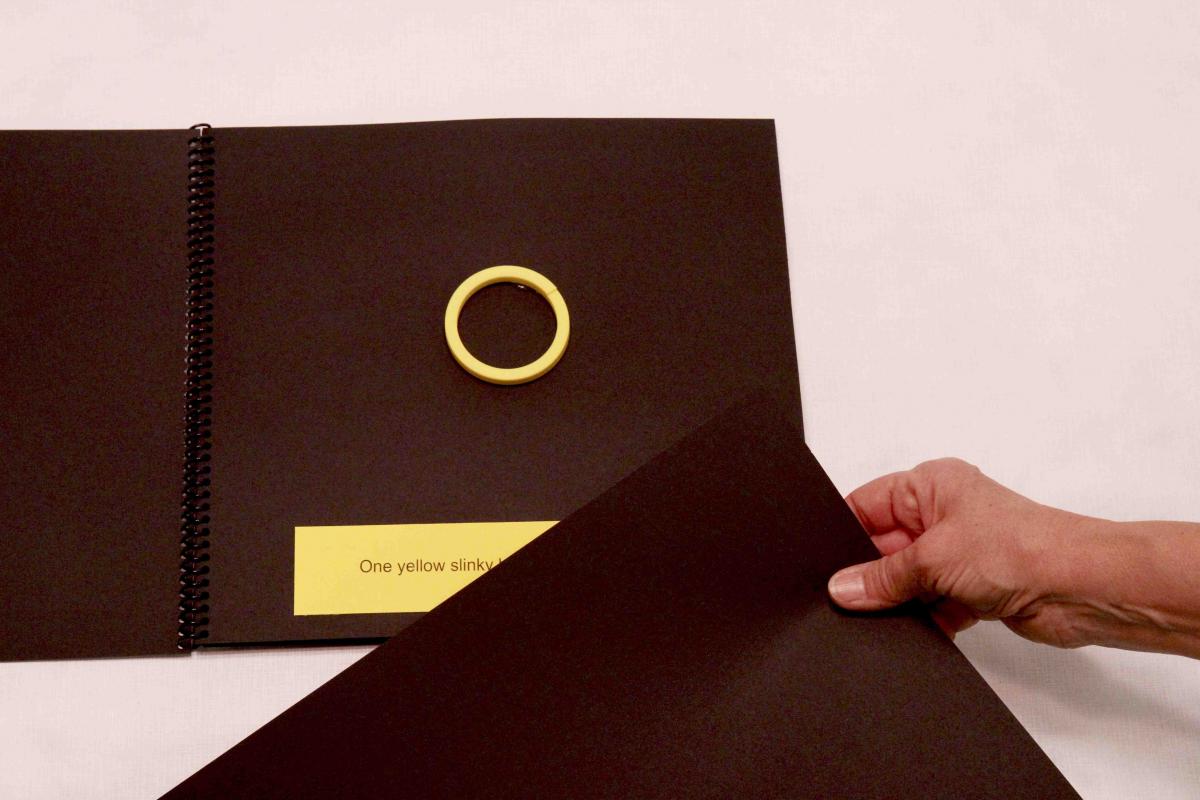
We also found that it benefited the student if we grasped the end of the Slinky, pulled it outward, and showed the movement qualities of it, as we told the story.

This student was just beginning to reach out and touch targets and this book worked well because the slightest of touch of the page or Slinky created some movement of the Slinky, particularly since we presented the book against an angled, All-In-One Board (rather than flat on the surface of the table).
It should be noted that the most favorite, familiar target for this student was an illuminated, yellow Slinky (see DIY section at strategytosee.com for how to create an illumi-Spring like his).
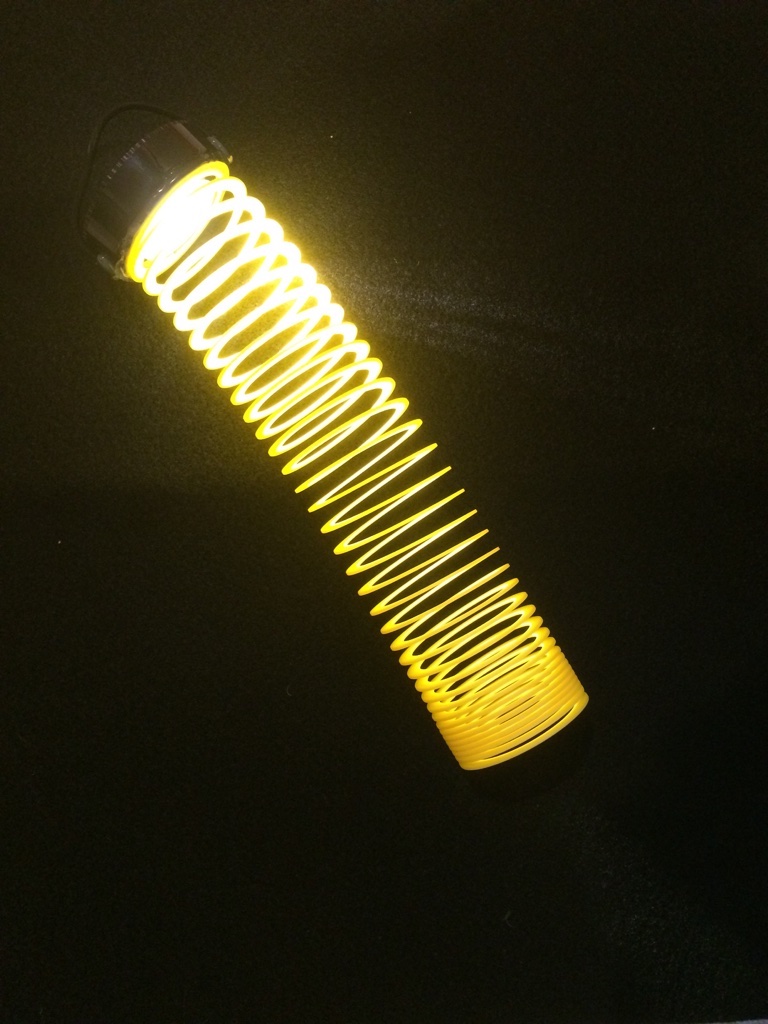
Much time was spent, prior to presenting this book, on visually locating and watching the movement of this student’s illuminated Slinky. We also discussed the illuminated Slinky’s salient features.
- Yellow Slinky Jr., by Poof; cut one Slinky apart into smaller sections (I made mine into 7 smaller sections)
Examples of Books
Other examples of books created for students with CVI:
- Where is the Red Gift Bag?
- Getting Ready for School (CVI-friendly pegboard book)
- Three Silver Pie Tins and One Red Puff
- Three Bright Red Pom Poms Lined Up in a Row
- Five Little Lights
- My Favorite Things
- Clifford's Family (Modified Version)
For more ideas from Diane Sheline, visit Strategy to See.



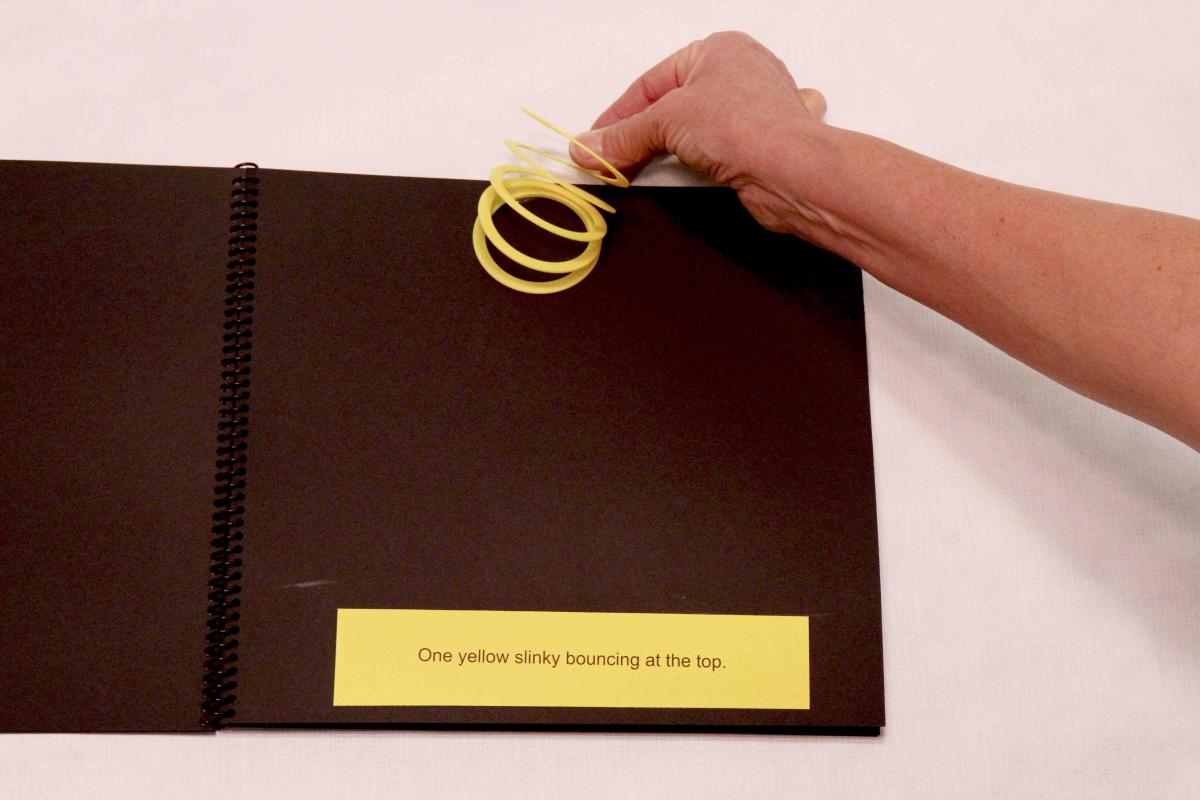

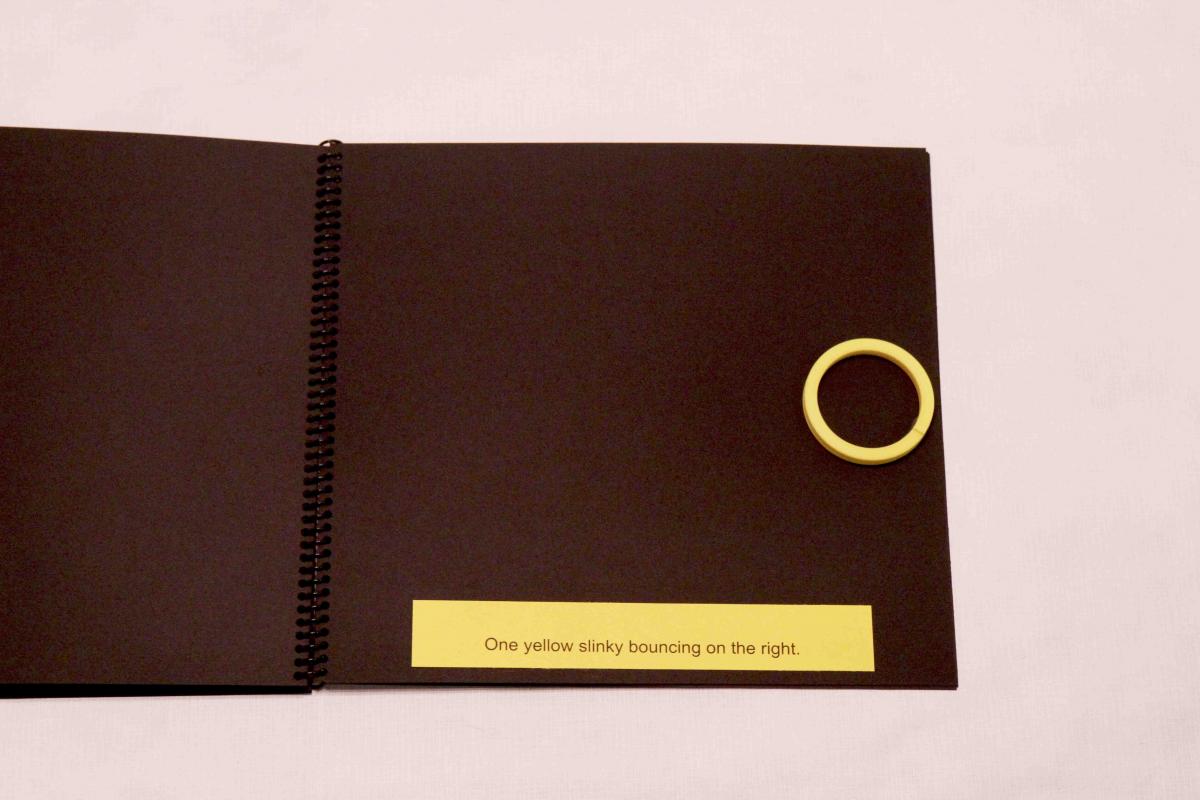
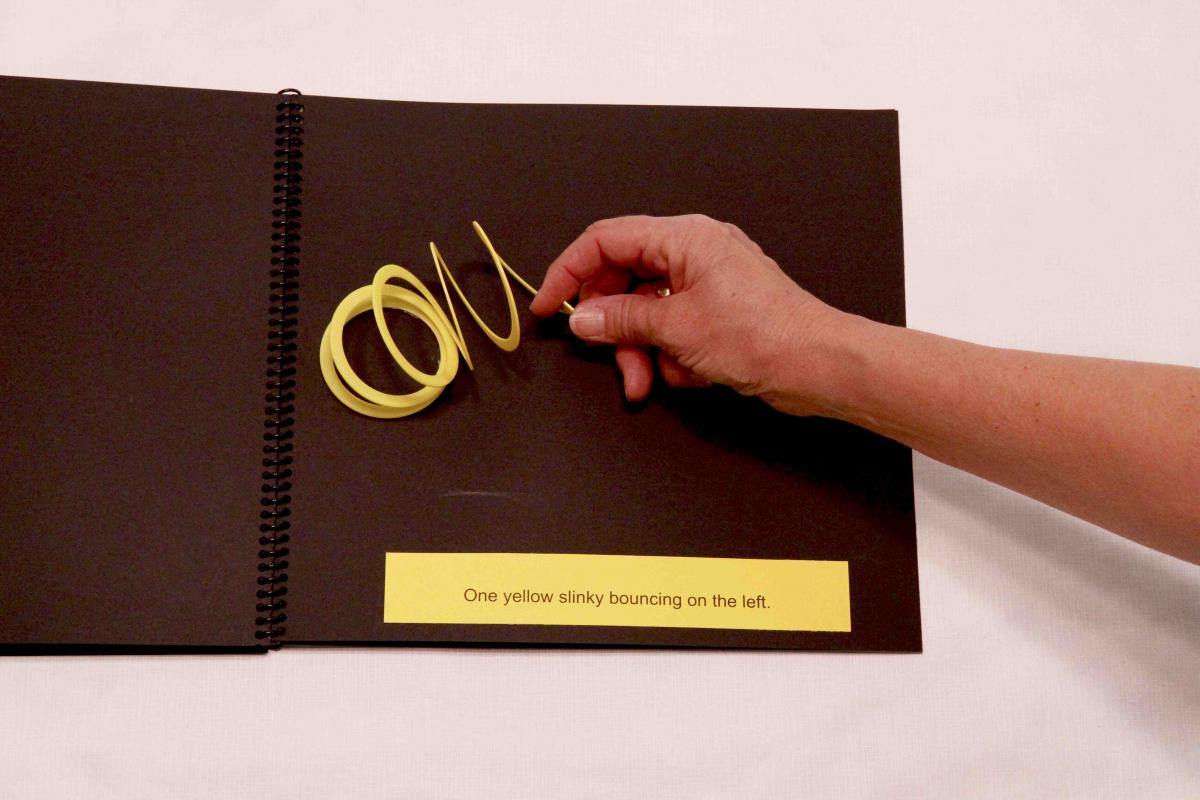
Comments
CVI